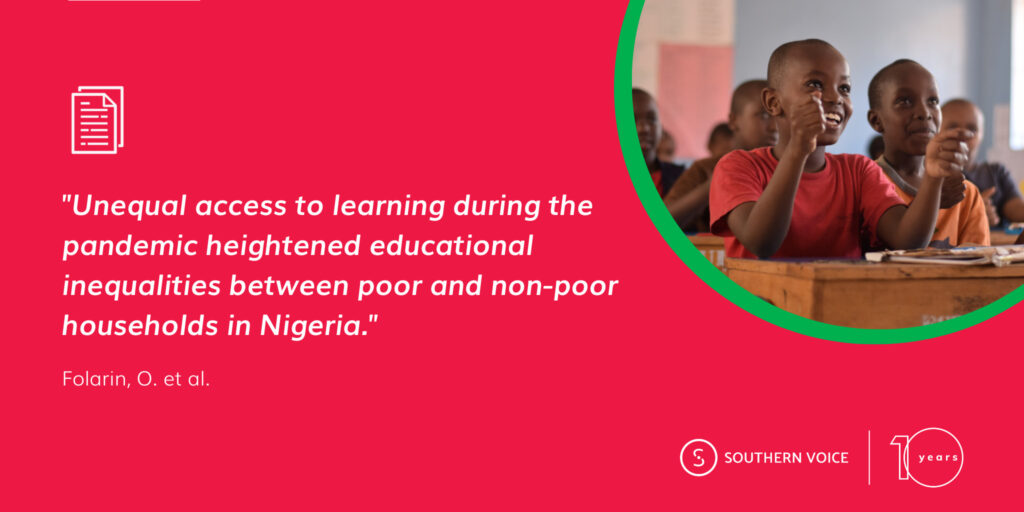Young people under the age of 30 account for nearly 70 percent of the population of Africa, making it the world's youngest continent (United Nations 2021). While this trend provides exciting opportunities for enhancing creativity and innovation, it comes with a high burden, as the formal education system and apprenticeship programs cannot adequately prepare a large number of young people for the future of work. As a result, the continent may have a large share of youths without high quality jobs for their desired quality of life. The future remains bleak as projections show that the number of youths in Africa will increase by 42 percent by 2030 (United Nations, 2015), further indicating the need to close the youth skills gap on the continent in order to actualize improved employment.
Nigeria is Africa’s most populous country with over 200 million people and has the largest labor force in the continent (Macrotrends 2022; Global Business Service 2021). The most recent national labor force population survey shows that over 69.7 million Nigerians are within the working age group and are willing to work (NBS 2020a). Out of the 69.7 million people, over 42 percent of young people (aged 15-34 years) are unemployed (NBS 2020a). In this regard, Nigerians are found in the web of the informal economy, self-employment, and underemployment, which leaves many Nigerians, mostly youths, to experience vulnerable employment, poor working conditions, and high poverty (World Bank 2015). Indeed, in 2020, about a third of the youths (28.2 percent) were underemployed (NBS 2020a). Put together, Nigeria will need to deliver a large number of quality jobs for youths.
The manufacturing sector, which was long assumed to play a central role in generating considerable employment in Nigeria, has remained relatively stagnant over the years (Itaman and Awopegba 2021). Recent estimates show that the manufacturing sector accounts for less than 10 percent of the national gross domestic product (GDP), and as a result, it employs only a small cohort of the labor force (World Bank 2022a). Accordingly, the contribution of the manufacturing sector to formal sector employment has remained stagnant, averaging 11.4 percent between 2011 and 2021 (World Bank 2022a). The situation
is further worsened by minimal employment opportunities in the public sector (World Bank 2015). A considerable share of young Nigerians who graduate each year with a degree, certificate, or diploma seem to prefer working with the government due to the perceived job security; however, public sector jobs have been in short supply over the past two decades (World Bank 2015). On the other hand, the private sector, which has been active in creating jobs, has been unable to adequately absorb the large number of people entering the labormarket (World Bank 2019b)


 English
English
 Arab
Arab
 Deutsch
Deutsch
 Português
Português
 China
China





